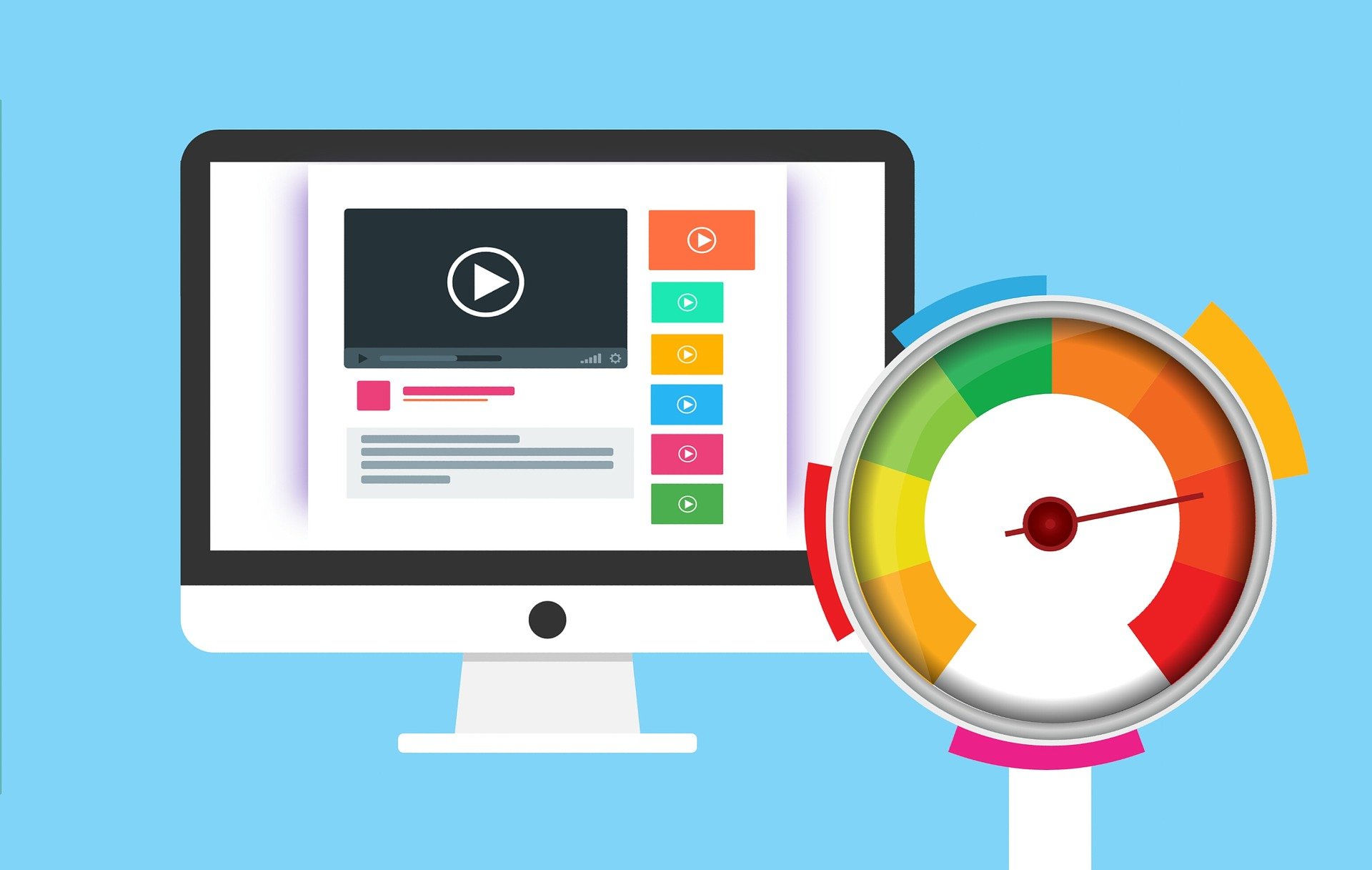If you’re a website owner or developer using Elementor, you’re probably well aware of its powerful capabilities when it comes to creating visually stunning websites. Elementor is a popular page builder plugin for WordPress, offering a user-friendly interface and a wide range of design options. However, as your website grows and becomes more complex, you may encounter performance issues. In this article, we’ll dive into the world of Elementor performance tuning and explore various strategies to optimize your site’s speed and efficiency.
The Importance of Elementor Speed Optimization
In today’s digital age, speed is of the essence. Users expect websites to load quickly and provide a seamless browsing experience. Slow-loading websites not only frustrate visitors but can also negatively impact your search engine rankings. Google, for instance, considers page speed as a ranking factor, which means a slow website may struggle to reach the top of search results.
Elementor, while an excellent tool for creating beautiful websites, can sometimes contribute to performance bottlenecks. It’s essential to strike a balance between aesthetics and speed to ensure your site delivers an exceptional user experience. Let’s explore some key strategies for Elementor performance tuning.
Elementor Performance Tuning Strategies
1. Elementor Lazy Load
Lazy loading is a technique that defers the loading of non-essential content until the user interacts with it or it becomes visible on the screen. This strategy reduces the initial page load time, making your website feel faster and more responsive.
In Elementor, you can enable lazy loading for images and videos. By doing so, you ensure that these resource-intensive elements only load when needed, rather than all at once. This can significantly improve your site’s performance, especially on pages with lots of media content.
2. Elementor Caching Strategies
Caching is another crucial aspect of Elementor performance tuning. Caching involves storing static versions of your web pages so that they can be served to users more quickly. Instead of generating the page content dynamically every time someone visits your site, cached versions are delivered, saving server resources and reducing load times.
Elementor works seamlessly with various caching plugins available for WordPress. By using one of these plugins, you can easily set up page caching, browser caching, and object caching, among other optimizations. This can lead to significant speed improvements, especially for frequently visited pages.
3. Elementor Bloat Reduction
While Elementor offers a plethora of design options and widgets, it’s essential to use them judiciously. Overloading your pages with unnecessary elements can lead to bloat and slow down your website. To avoid this, conduct a thorough audit of your Elementor-built pages and identify any elements that may be redundant or contribute to excessive page size.
Consider simplifying your designs, removing unused widgets, and optimizing images to reduce the overall bloat. The goal is to strike a balance between functionality and performance, ensuring that your website remains fast and efficient.
Real-Life Example: The Impact of Elementor Performance Tuning
Let’s take a real-life example to illustrate the importance of Elementor performance tuning. Imagine you run an e-commerce website powered by WordPress and Elementor. Your website features high-quality product images, videos, and a range of interactive elements.
Initially, you notice that your website’s load times are sluggish, and bounce rates are high. This situation not only frustrates potential customers but also affects your search engine rankings, leading to reduced organic traffic.
To address these issues, you decide to implement Elementor performance tuning strategies. You enable lazy loading for images and videos, set up caching with a reliable WordPress plugin, and optimize your product pages by removing unnecessary design elements.
The results are impressive. Your website’s load times improve significantly, and visitors now enjoy a seamless browsing experience. As a result, bounce rates decrease, and your search engine rankings gradually improve. This leads to higher organic traffic and, ultimately, increased sales and revenue.
Conclusion
Elementor is a fantastic tool for creating visually appealing websites, but it’s crucial to prioritize performance tuning to meet user expectations and maintain a competitive online presence. By implementing strategies such as Elementor lazy load, caching, and bloat reduction, you can strike the right balance between aesthetics and speed.
Remember that website performance is an ongoing endeavor. Regular monitoring and optimization are necessary to ensure your site continues to deliver a fast and seamless experience for your audience. So, start your Elementor performance tuning journey today and watch your website thrive in the digital landscape.



